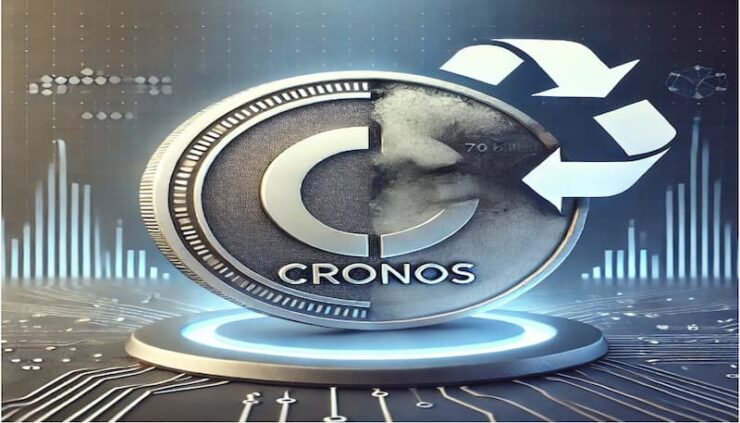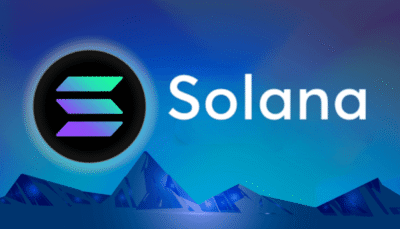Cronos, the Layer-1 blockchain linked to Crypto.com, is weighing a controversial proposal to reissue 70 billion previously burned CRO tokens. The move, which would restore the total supply to 100 billion CRO, has ignited heated debates over tokenomics, decentralization, and the long-term value of CRO.
In 2021, Crypto.com executed one of the largest token burns in history, permanently removing 70 billion CRO tokens from circulation. The burn was framed as a pro-decentralization move ahead of the Cronos mainnet launch, reducing the total CRO supply from 100 billion to 30 billion.
Now, the team behind Cronos is considering a reissuance of those same 70 billion tokens, worth an estimated $6.3 billion, by placing them in a strategic reserve wallet with a five-year vesting schedule.
Why Reissue Burned Tokens Now?
According to the proposal, the strategic reserve would:
- Support ecosystem growth by funding developer incentives and new initiatives.
- Provide liquidity for institutional adoption, including a potential CRO exchange-traded fund (ETF) application.
- Enhance long-term sustainability of the Cronos blockchain.
However, the community reaction has been far from positive.
The proposal has divided Cronos holders and traders, with many taking to X to criticize the idea.

Some view it as a betrayal of the original tokenomics, calling it a “step backward” after years of positioning CRO as a deflationary asset. Others have labeled it “dodgy”, questioning the integrity of a blockchain that could reverse a major burn event years later.
Key Concerns from Critics
- Potential Sell Pressure: Reissuing billions of CRO could dilute the market and lead to price drops.
- Centralization Fears: Holding such a massive amount in a single reserve wallet raises concerns over governance and control.
- Trust and Credibility: The burn was a major selling point for CRO in 2021 undoing it could damage investor confidence.
The Evolution of Crypto.com and CRO Token
Crypto.com initially launched as Monaco Coin (MCO) before rebranding to CRO and rolling out its proprietary Cronos Chain. Since its February 2021 rebrand, the blockchain has expanded its reach, with developers working on:
- Cronos zkEVM, a Layer-2 blockchain designed for Ethereum.
- Increased institutional adoption, including efforts to file an ETF application for CRO.
Currently, CRO has a circulating supply of 27.3 billion tokens, with a maximum cap of 30 billion, valuing the asset at $2.4 billion.
Despite the controversy, CRO’s price has surged over 20% in the past 24 hours, possibly reflecting speculative trading around the proposal.
Final Takeaway
The proposal to reissue 70 billion CRO tokens represents one of the most dramatic token supply decisions in crypto history. While supporters argue that it could boost Cronos’ long-term growth, critics fear it undermines decentralization and CRO’s deflationary promise.
The big question now: Will Cronos move forward with this plan, or will community backlash force a rethink? With growing regulatory scrutiny on tokenomics and transparency, this decision could have long-term implications for Cronos, Crypto.com, and the wider crypto market.





